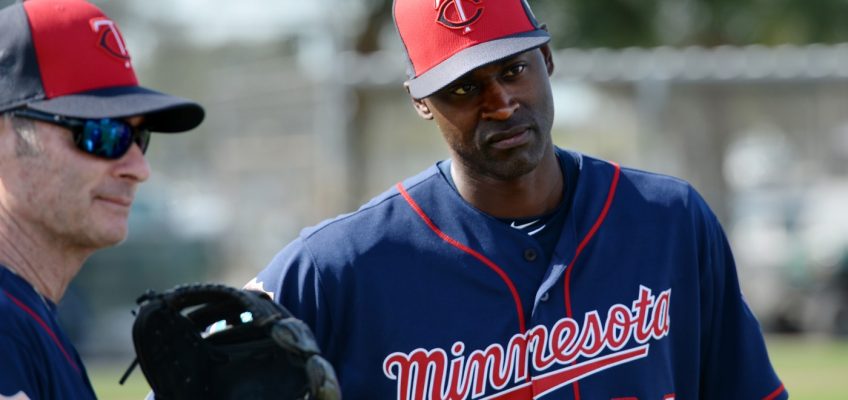FORT LAUDERDALE, Fla. — The banner commemorating the first Stanley Cup title in Florida Panthers history had not been raised to the rafters yet when a newcomer realized just what it was like to join the champions on a title defense.
It was their final exhibition game in Quebec City in early October after a high-intensity training camp, and the focus was already there.
“Last preseason game, usually guys are taking it a little easier, getting ready for the season, play some soccer, have a coffee, get on the ice,” A.J. Greer recalled Monday. “There were 22 guys working out — full workouts before the game. It’s like we didn’t even have a game. Guys were doing power lifting, guys were doing lower-body, upper-body, bike sprints before the game and I’m thinking to myself, ‘They’re dialed in here.’ ”
And that was before the real hockey started. Now, more than 250 days later, the Panthers are one win away from repeating as champions, and the Stanley Cup will be in the building with their chance to extend its stay in Florida if they defeat the Edmonton Oilers in Game 6 of the final on home ice Tuesday night.
“It’s business as usual,” top-line winger Sam Reinhart said. “We’re obviously excited about the position we’re in. You put in all the work to be playing at this time of year, so we’re excited.”
They also know what to expect this time around. Florida lost its first opportunity to close out Edmonton after going up 3-0 in the final last year, then let the next two slip away before finally getting the job done in Game 7.
Everything was new then, from handling the butterflies and the logistics of families getting to town to thinking about the order of passing the big silver chalice around on the ice.
“There’s a whole bunch of stuff you have to go through the first time and then there’s all these superstitions — you don’t want to talk about it, you want to talk about it — well, there are things you have to talk about,” coach Paul Maurice said. “All of that stuff got dealt with last year when we went through it for the first time. Now, just get ready for the hockey game. It’s a different set of emotions for us.”
This final has unfolded differently, with the teams being tied after two games and then again through four. The Panthers jumped all over the Oilers to win Game 5 in Edmonton on Saturday night to set the stage to clinch.
That was utter domination, and, unlike last year, their first chance to hoist the Cup comes in front of home fans in Sunrise.
“We’re just excited to be back home, and we’re excited to hopefully keep that going after last game,” winger Matthew Tkachuk said. “We think we’ve played pretty good hockey over this whole series, in the whole playoffs, but especially the last few, so we know this is the type of game we have to play.”
Florida is looking to become just the third team to go back to back since the NHL’s salary cap era began in 2005, joining the Tampa Bay Lightning in 2020 and ‘21 and the Pittsburgh Penguins in ’16 and ’17. Just 18 have done it in league history.
The Panthers are favored on BetMGM Sportsbook to take Game 6. After laying an egg and getting pushed to the brink of elimination, the Oilers are hoping to drag the series back to Edmonton for Game 7 on Friday night.
“For whatever reason, our group doesn’t like to make it easy on ourselves,” Oilers captain and co-playoff leading scorer Connor McDavid said. “We’ve put ourselves in another difficult spot, and it’s our job to work our way out of it.”
Only eight of the 44 teams to fall behind 3-2 in the final have gone on to win. Boston was the last to do it in 2011 against Vancouver, extending Canada’s Cup drought that goes back to 1993.
The Panthers would love to make this the 31st consecutive season it is won by a team in the U.S. They have played a lot of games over the past three years and trips to the final, but the chance to lift the trophy is enough to push off that fatigue for at least one more game and two at most.
“You play all year to try to win a Stanley Cup,” forward Evan Rodrigues said. “It’s in our grasp and, yeah, I’m sure we’re all going to be ready to go.”
Related Articles
Wild GM Bill Guerin reveals first six USA Olympians for 2026
Wild notebook: Guerin saw prospects progress at World Championships
Wild re-sign Marcus Johansson to one-year, $800K contract
Wild GM Bill Guerin: American hockey needs to keep its foot on the gas
WJC pre-tourney games slated for Greater Minnesota




